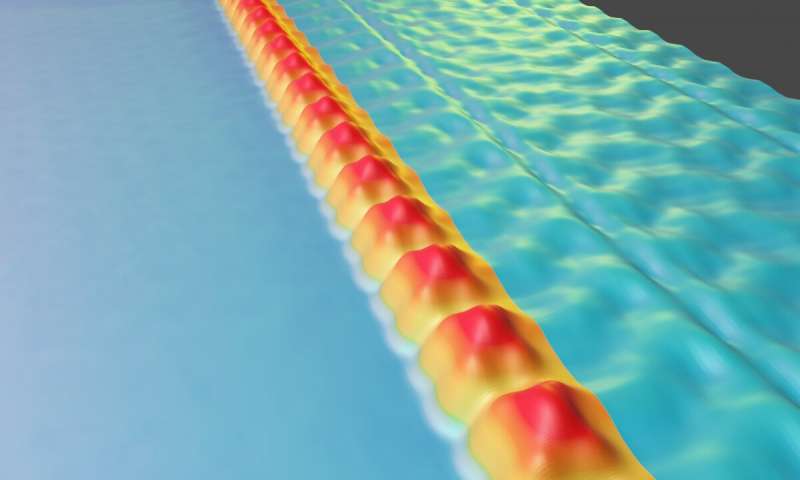Small electronic circuits power our everyday lives,
from the tiny cameras in our phones to the microprocessors in our
computers. To make those devices even smaller, scientists and
engineers are designing circuitry components out of single
molecules. Not only could miniaturized circuits offer the benefits
of increased device density, speed, and energy efficiency—for
example in flexible electronics or in data storage—but harnessing
the physical properties of specific molecules could lead to devices
with unique functionalities. However, developing practical
nanoelectronic devices from single molecules requires precise
control over the electronic behavior of those molecules, and a
reliable method by which to fabricate them.



